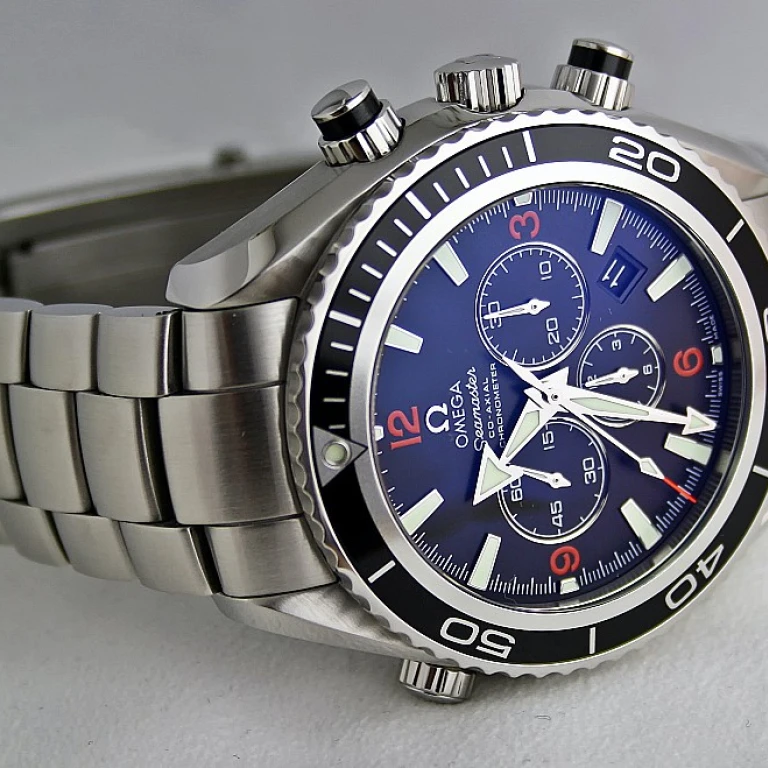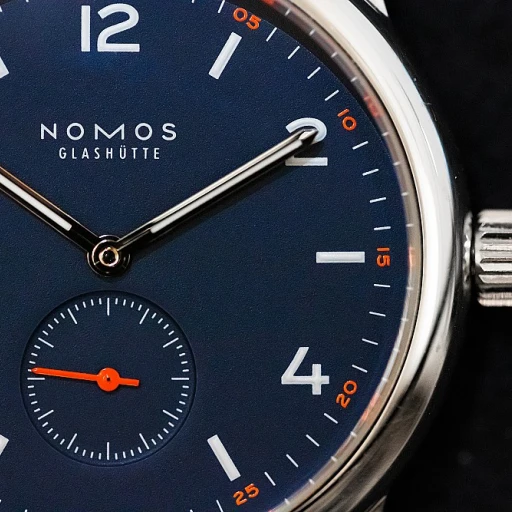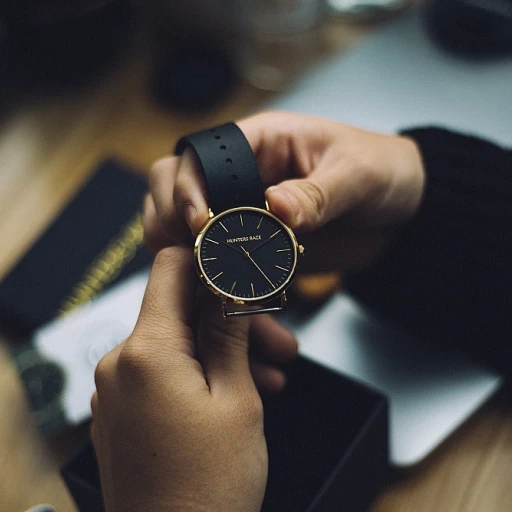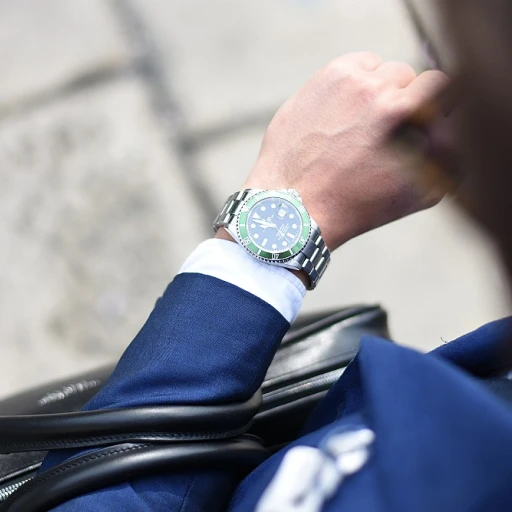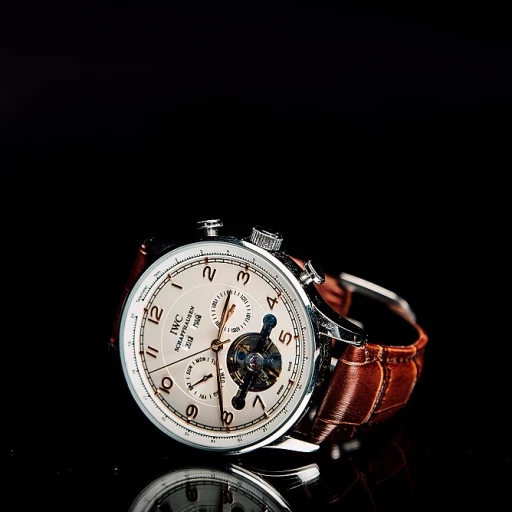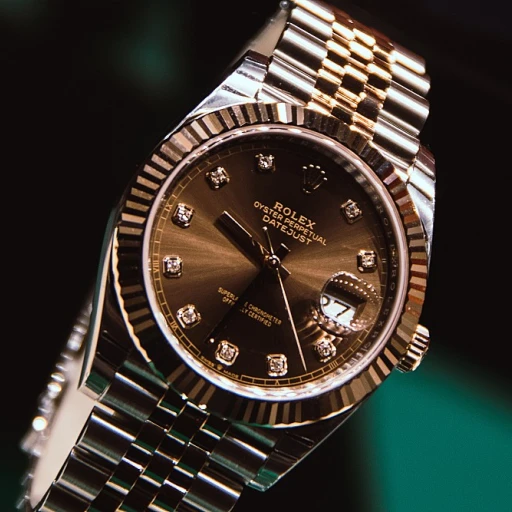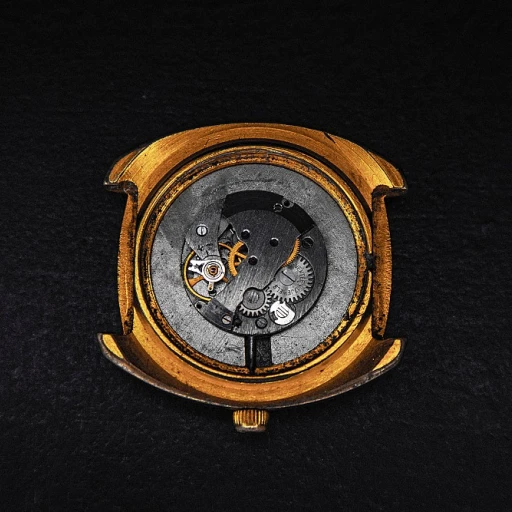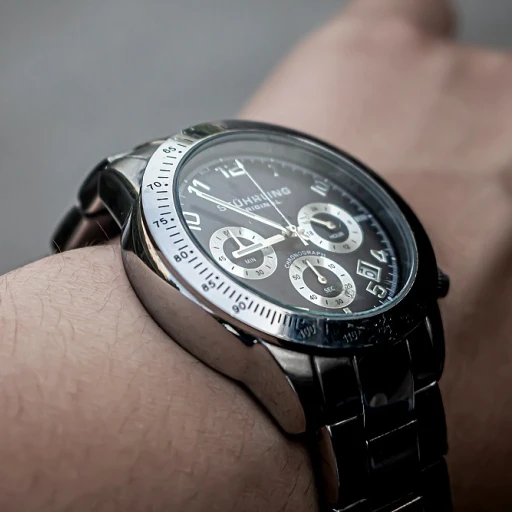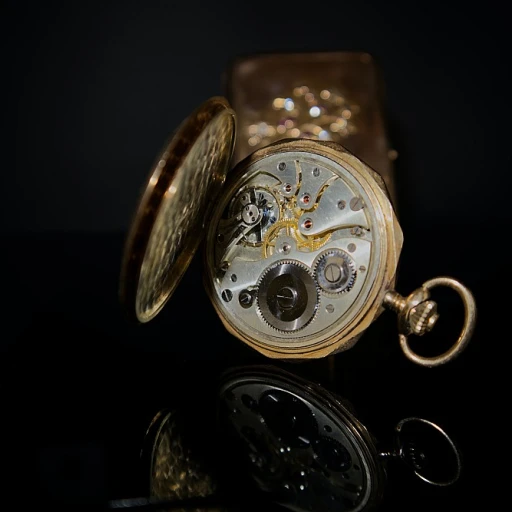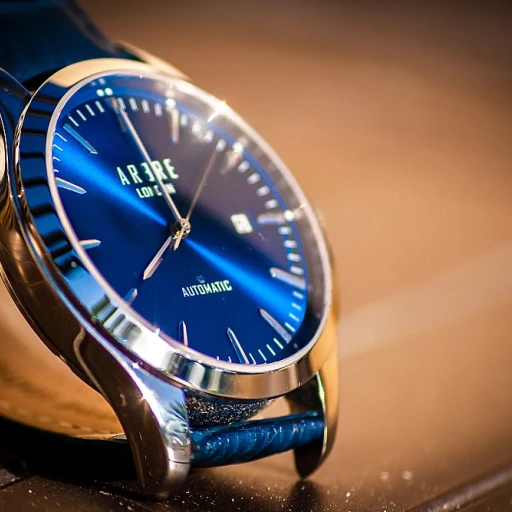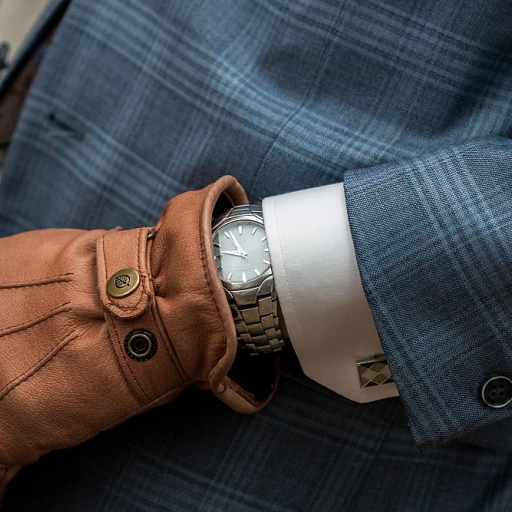The Evolution of Watch Case Materials
The Journey from Traditional to Modern
The evolution of watch case materials is a fascinating journey that mirrors the broader technological and cultural shifts over the centuries. In the early days of horology, watchmakers primarily relied on traditional materials like gold and silver, valued for their malleability and aesthetic appeal. These precious metals not only signified luxury but also offered a canvas for intricate engravings and embellishments, a testament to the artistry involved in early watchmaking.
From Steel to Titanium: A Shift in Paradigm
As the demand for more durable and robust timepieces grew, especially during the industrial revolution, stainless steel emerged as a popular choice. Its resilience against corrosion and everyday wear made it a practical yet stylish option. The introduction of titanium in the late 20th century marked another significant shift. Known for its lightweight properties and strength, titanium allowed for the creation of larger, more adventurous designs without compromising on comfort.
Modern-Day Marvels
Today, the watch industry is witnessing a surge in the use of innovative materials. Ceramic, carbon fiber, and even sapphire crystal are being embraced for their unique properties and aesthetic appeal. These materials not only push the boundaries of design but also enhance the durability of luxury watches, striking a balance between functionality and elegance. As we explore these contemporary materials further, it becomes evident how they redefine the standards of luxury and performance in watchmaking.
For those interested in understanding how these materials integrate with other aspects of watch design, exploring the art of choosing premium leather watch straps can provide additional insights into how traditional and modern elements coexist in harmony.
The Role of Precious Metals in Watchmaking
The Timeless Allure of Precious Metals
In the world of luxury watchmaking, precious metals have always held a place of distinction. Their inherent value, combined with their aesthetic appeal, makes them a preferred choice for crafting watch cases. Gold, platinum, and silver are more than just materials; they are symbols of prestige and craftsmanship.
Gold, in particular, has been a staple in watchmaking for centuries. Its malleability allows for intricate designs, while its luster adds a touch of elegance that is hard to replicate. Platinum, on the other hand, offers a different kind of allure. Known for its rarity and durability, it provides a robust yet refined option for those seeking something unique.
Silver and Its Subtle Charm
While gold and platinum often steal the spotlight, silver brings its own subtle charm to the table. Its cool, understated sheen is perfect for those who appreciate a more classic, timeless look. However, silver requires careful maintenance to prevent tarnishing, which is a consideration for potential buyers.
For more insights on how these materials are crafted into exquisite designs, explore the intricacies of the coin bezel in luxury watches.
The Role of Alloys
Alloys play a crucial role in enhancing the properties of these precious metals. By combining different elements, watchmakers can improve the strength and durability of the metal without compromising on its visual appeal. This innovation allows for greater creativity in design, enabling the creation of cases that are both beautiful and resilient.
As we delve deeper into the art of case craftsmanship, it's essential to appreciate how these materials not only contribute to the watch's aesthetic but also to its overall performance and longevity.
Innovative Materials in Contemporary Watch Design
Revolutionizing Watchmaking with Cutting-Edge Materials
In the ever-evolving world of luxury watches, innovation is key to staying ahead. As we delve into the art of case craftsmanship, one cannot overlook the remarkable advancements in materials that have transformed contemporary watch design. These materials not only enhance the aesthetic appeal but also offer unmatched durability and functionality.
Traditionally, watch cases were crafted from precious metals, celebrated for their luster and prestige. However, modern watchmakers are pushing the boundaries by incorporating innovative materials that redefine luxury. This shift is not just about aesthetics; it's about creating timepieces that resonate with the demands of today’s watch enthusiasts.
High-Tech Materials Making Waves
One of the most significant developments in recent years is the use of high-tech ceramics and carbon composites. These materials are renowned for their lightweight properties and exceptional resistance to scratches and wear. For instance, ceramic has become a preferred choice for many luxury brands, offering a sleek, modern look that stands the test of time. This trend is explored in detail in our comprehensive guide on mastering grand complications.
Another notable innovation is the use of synthetic sapphire. While traditionally used for watch crystals, its application in watch cases is gaining traction. Known for its transparency and hardness, synthetic sapphire cases are not only visually stunning but also incredibly durable, making them a popular choice among luxury watchmakers.
Blending Tradition with Innovation
While these modern materials offer numerous benefits, the challenge lies in maintaining the delicate balance between tradition and innovation. Watchmakers strive to integrate these cutting-edge materials without compromising the timeless elegance that defines luxury watches. This approach ensures that each timepiece is a harmonious blend of heritage and modernity.
In conclusion, the incorporation of innovative materials in watch case design is a testament to the dynamic nature of the luxury watch industry. As technology advances, we can expect to see even more groundbreaking materials that will continue to redefine what we consider as luxury in watchmaking.
The Art of Case Finishing
Mastering the Art of Finishing
In the realm of luxury watches, the finishing of a watch case is where true craftsmanship shines. It is the meticulous art of refining and embellishing the surface of the case, transforming raw materials into a masterpiece that exudes elegance and sophistication. The finishing process is not merely about aesthetics; it is a testament to the skill and dedication of the artisans involved.
The journey from raw material to a polished case involves several stages, each requiring a unique set of skills and techniques. Initially, the case is shaped and formed, often using advanced machinery to ensure precision. However, it is the human touch that brings the case to life. Artisans employ various techniques such as brushing, polishing, and engraving to enhance the case's appearance. Each method offers a distinct texture and sheen, contributing to the watch's overall allure.
Brushing, for instance, creates a matte finish that adds a subtle, understated elegance to the case. This technique involves using fine abrasives to create linear marks that diffuse light, giving the watch a refined look. Polishing, on the other hand, involves buffing the surface to a mirror-like finish, highlighting the brilliance of precious metals like gold and platinum. This process requires an exceptional level of skill to avoid imperfections and achieve a flawless surface.
Engraving is another technique that adds a personal touch to luxury watches. It allows for intricate designs and patterns to be etched onto the case, often requiring hours of painstaking work. This level of detail not only enhances the watch's aesthetic appeal but also adds a layer of exclusivity and individuality.
The art of case finishing is a delicate balance between tradition and innovation. While traditional techniques remain at the core, modern technology has introduced new possibilities. Laser engraving, for example, offers precision and consistency, allowing for more complex designs that were previously unattainable.
Ultimately, the finishing of a watch case is about more than just appearance. It is a celebration of craftsmanship, a reflection of the brand's heritage, and a testament to the watchmaker's commitment to excellence. As we delve into the world of luxury watches, the art of finishing stands as a reminder of the beauty that lies in the details.
Durability vs. Aesthetics: Finding the Balance
Striking a Balance: Durability Meets Elegance
In the world of luxury watches, the case is not just a protective shell; it's an essential component that defines the watch's identity. Balancing durability with aesthetics is a critical challenge for watchmakers. While robust materials ensure longevity and protection, the visual appeal of the watch cannot be compromised. This delicate balance is what sets luxury timepieces apart from their more utilitarian counterparts.
When considering durability, materials like stainless steel and titanium often come to mind. These metals are renowned for their strength and resistance to corrosion, making them ideal for everyday wear. However, the allure of precious metals like gold and platinum, discussed earlier, adds a level of prestige and beauty that is hard to resist. These metals, while softer and more prone to scratches, are often chosen for their unparalleled elegance.
To address these challenges, watchmakers have turned to innovative solutions. Advanced coatings and treatments, such as DLC (Diamond-Like Carbon) and ceramic finishes, enhance the scratch resistance of softer metals without sacrificing their aesthetic appeal. These technologies allow for the creation of watches that are both beautiful and resilient.
Ultimately, the choice of materials and finishes is a testament to the watchmaker's expertise and understanding of their clientele's desires. Whether prioritizing the rugged durability of contemporary materials or the timeless elegance of traditional metals, the art of case craftsmanship continues to evolve, reflecting the perfect marriage of form and function.
Sustainability in Watch Case Production
Eco-Friendly Innovations in Watchmaking
In recent years, the watch industry has seen a significant shift towards sustainability, reflecting a broader global trend. Luxury watch brands are increasingly conscious of their environmental impact and are making concerted efforts to incorporate sustainable practices in their production processes.
One of the most notable changes is the adoption of recycled materials. Some watchmakers are now using recycled metals and plastics to create watch cases, significantly reducing waste and the demand for new raw materials. This approach not only helps in conserving resources but also appeals to eco-conscious consumers who are keen on supporting brands with sustainable practices.
Green Manufacturing Processes
Beyond materials, luxury watch brands are also innovating in their manufacturing processes. Many are investing in energy-efficient technologies and reducing their carbon footprints. For instance, some factories are now powered by renewable energy sources, such as solar or wind power, further minimizing their environmental impact.
Moreover, water conservation measures are being implemented, ensuring that water usage in case production is kept to a minimum. These efforts contribute to a more sustainable manufacturing cycle, aligning with the growing demand for environmentally responsible luxury products.
The Role of Certifications and Standards
Certifications and standards play a crucial role in promoting sustainability in watchmaking. Many brands are pursuing certifications that verify their commitment to sustainable practices. These certifications not only enhance the brand's credibility but also provide consumers with assurance that the products they purchase meet high environmental standards.
As the industry continues to evolve, it is clear that sustainability will remain a key focus. By balancing innovation with environmental responsibility, luxury watchmakers are setting new standards for the future of the industry.
